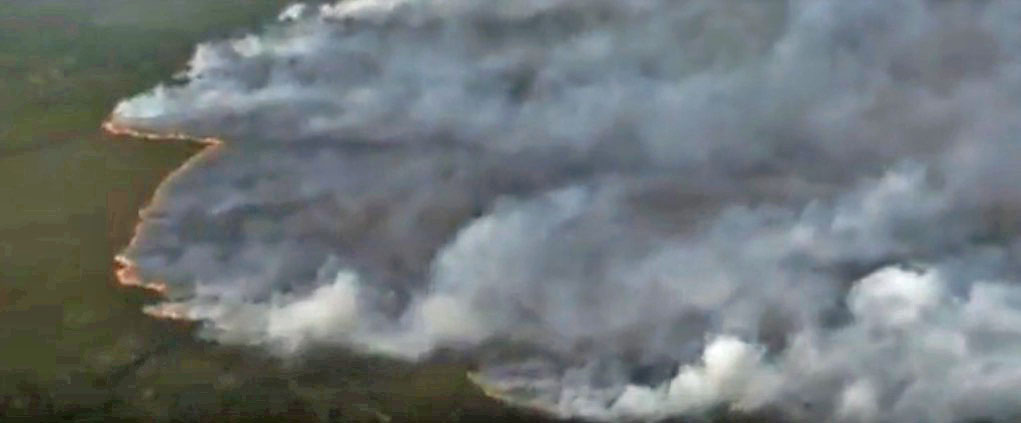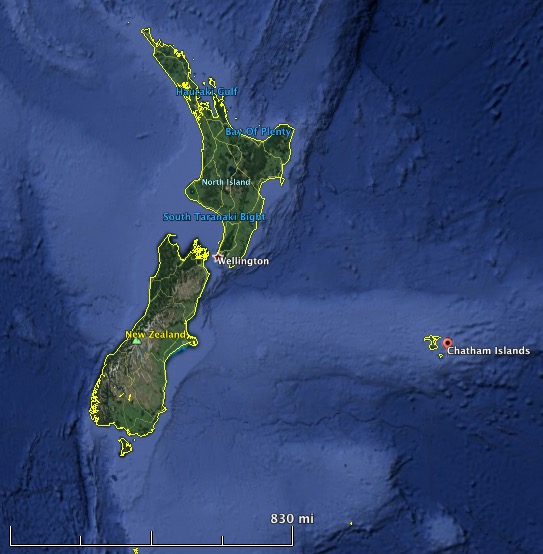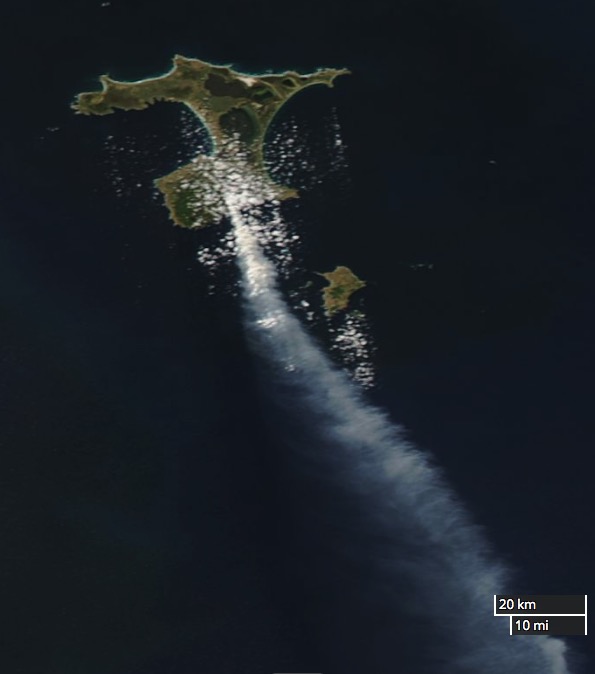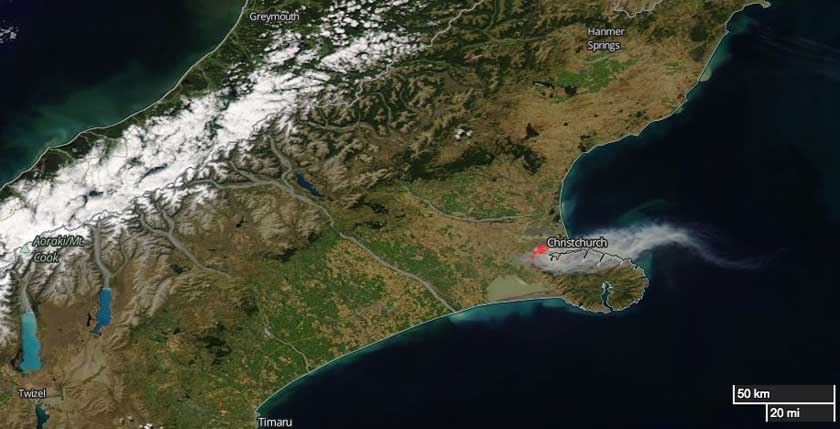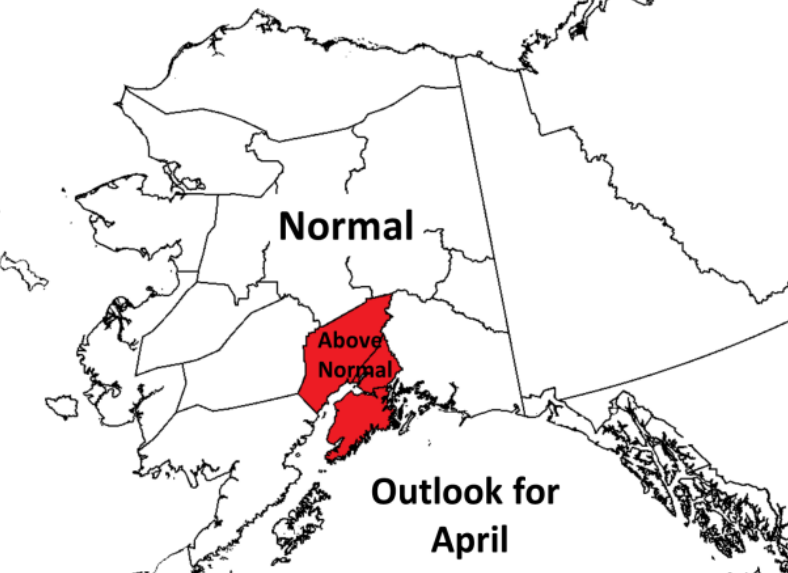(UPDATED at 12:36 p.m. MDT August 1, 2018)
On Wednesday, August 1 the National Interagency Fire Center issued a press released about the United States requesting firefighters from Australia and New Zealand to assist with suppressing wildfires in the Western United States. In addition to our report on July 31 (below) the NIFC release had this additional information:
The request is for fire personnel from both Australia and New Zealand.
The request is for Division Supervisors, Safety Officers, Task Force Leaders, Strike Team Leaders, Heavy Equipment Bosses, Helicopter Managers, Helicopter Crew Members, Structure Protection Specialists and Liaison Officers. These wildland fire management positions have been identified as “unable to fill” through the U.S. dispatch/coordination system on a daily basis in recent weeks.
In addition to the firefighters sent from “down under” in 2008 and 2015, they also assisted during the 2000, 2002, 2003 and 2006 fire seasons. U.S. firefighters traveled to Australia to assist with their fire seasons in 2010, 2009, 2007 and in 2003.
(End of update)
(Originally published at 2:41 p.m. MDT July 31, 2018)
The United States is seeking help from the other side of the world to help suppress some of the 140 large active wildfires that have burned a cumulative 1.2 million acres. We confirmed with Randy Eardley, a spokesperson for the Bureau of Land Management, that the process of requesting help from Australia is underway but all of the details have not yet been worked out.
Much more information about the effort was published by the Australian ABC News Service which had an article about the request on Monday (US time). Here is an excerpt:
The National Multi-Agency Coordination Group (MAC) in the US formally requested assistance over the weekend, seeking 188 specialist firefighters from Australia and New Zealand.The firefighters would be deployed for up to 42 days in the California area.
Candidates from each Australian state will be placed in a national pool, with the most suitable candidates chosen this afternoon ahead of their deployment to the US on Friday.
South Australian Country Fire Service spokesman Brett Williamson said the most suitable firefighters to come forward in South Australia so far had experience fighting fires in areas with rough terrain and forests.
“We are finding it is more the state-based ones — in particular [those from] the South East and the Port Lincoln area … that are the ones who will probably have the beneficial skills that the United States [is] searching for,” Mr Williamson said.
The US has asked for paid staff rather than volunteers.
“At this stage, we are still calculating the numbers of who is available, who will be available from their employers to be released and then they will go into a national pool and that national pool will then basically be cherry-picked for the best people that are suitable for the job,” Mr Williamson said.
Australia also sent help in 2008 and 2015. The 2015 request was for 71 fire managers and specialists who came from Australia and New Zealand. They arrived in Boise August 23 for a one-day induction to learn about current fire behavior, fuels, and weather conditions. After the orientation, they were assigned to large fires. The 2015 contingent included 15 Division Supervisors; 15 Task Force/Strike Team Leaders; 15 Helicopter Managers; 10 Heavy Equipment Bosses; 10 Safety Officers; 4 Regional Liaison Officers; and two National Liaison Officers. Fifteen of the total were from New Zealand.
There were 45 firefighters in the 2008 group.
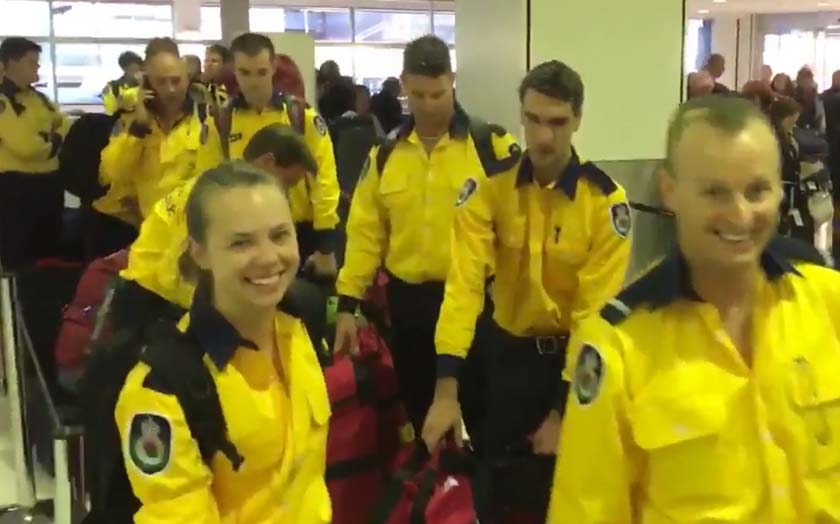
Assistance from Australia and New Zealand is a good fit primarily because their fire organizations are very similar to the United States national fire organization in training requirements and structure.
In 2010 the United States and Australia signed a Memorandum of Understanding to strengthen emergency management cooperation between the two countries. One of the objectives was to streamline processes for emergency management authorities in both countries to facilitate the exchange of personnel in response to emergencies.

